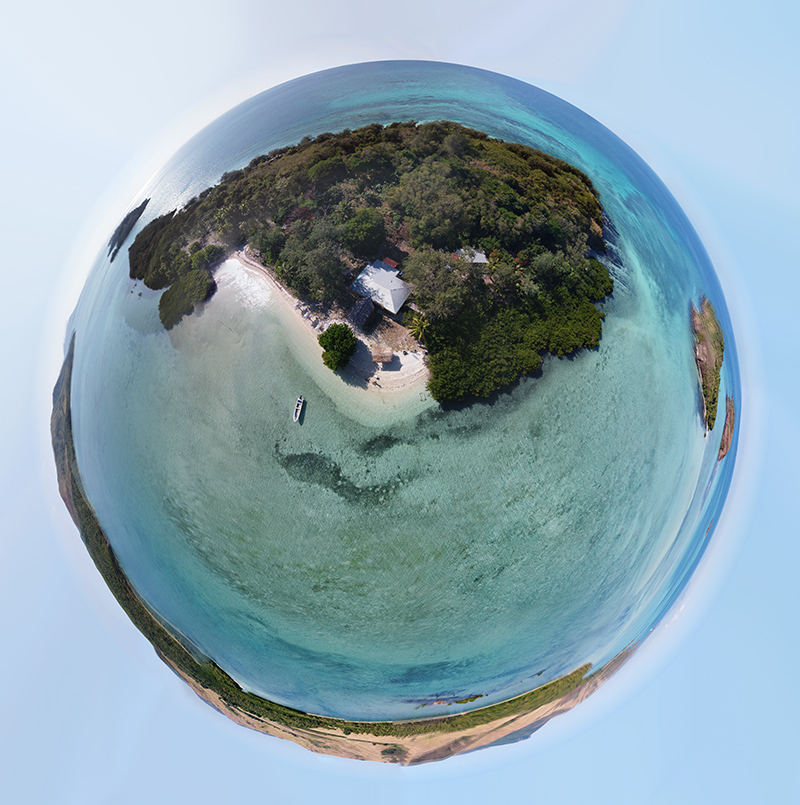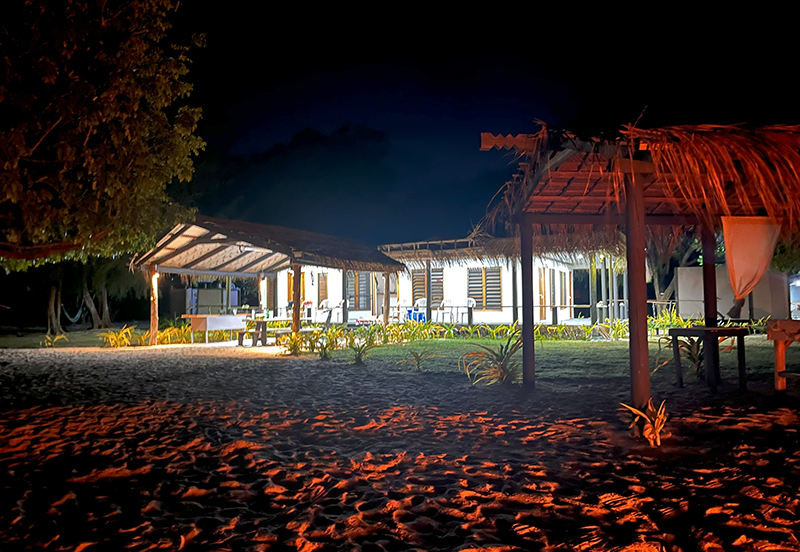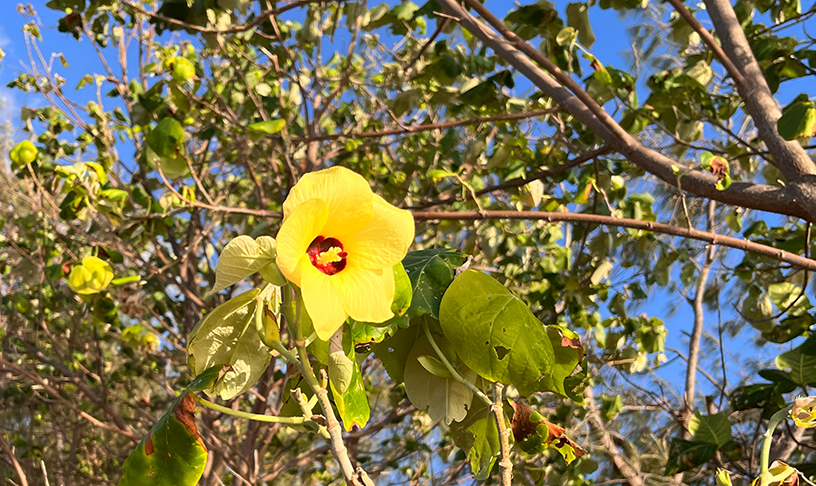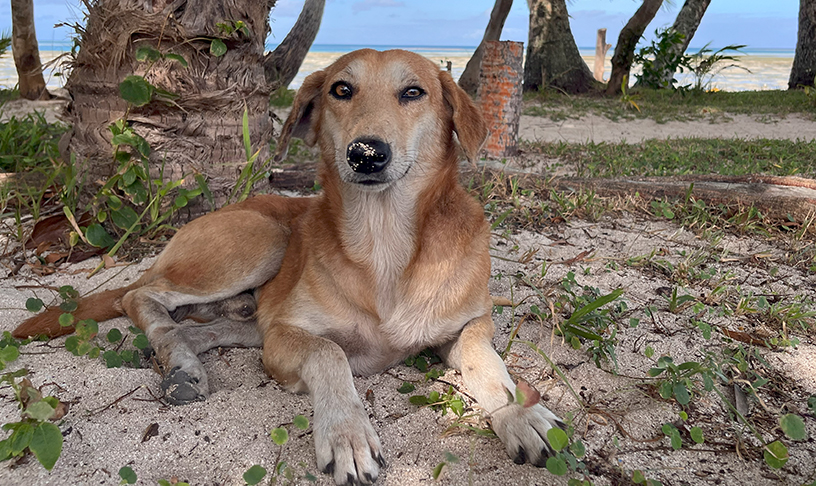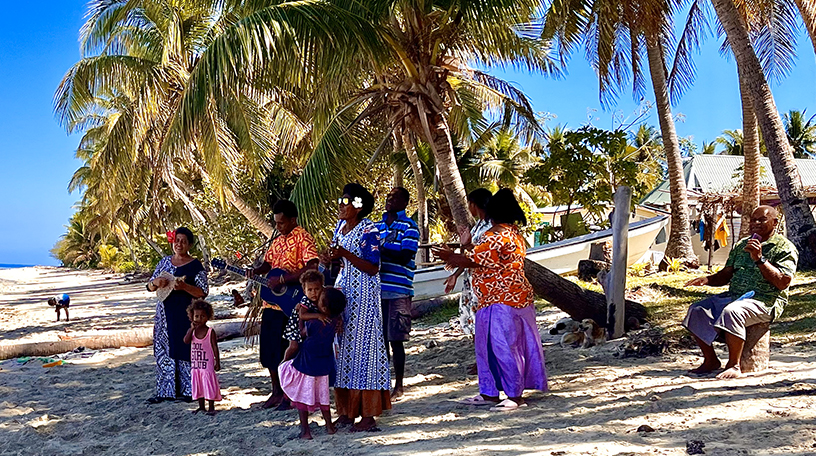
LAGI 2025 Fiji is a global design competition that launches on January 6, 2025 with two awards of $100,000 each. Free to enter and open to all, the design brief calls for creative energy and water system solutions made in partnership with Marou Village, an iTaukei community on the southeast coast of Naviti Island in the Yasawa Group archipelago in the Western Ba Region of Fiji. This post tells the story of how the collaborative planning process has unfolded in preparation for the competition launch.
Invitation
We began the process of outreach in Fiji as we planned our first visit, which would take place in late June 2024. The Yasawa Islands archipelago had risen to the top of our list of potential site regions due to their susceptibility to the impacts of global warming across a wide range of challenges: water scarcity during the dry season, severe flooding during the rainy season, coastal erosion from storm surges and from stormwater runoff, soil salinization, frequency of tropical cyclones like Winston that can batter the islands with wind gusts of over 300 km/h, lack of access to electricity and clean drinking water, and warming waters that threaten fishing catch. As we were booking our travel, one option stood out to us, just off the eastern coast of Naviti Island.
In mid June we sent a message introducing ourselves to Captan Paul and his team at Crystal Island Fiji. Based on a short description of LAGI and the idea of bringing a global design competition to Fiji, we received a reply that included an invitation from Ilisari Naqau, the Acting Chief of Marou Village, to visit his village, speak to the community, and to consider Marou as a design site partner for LAGI 2025 Fiji.
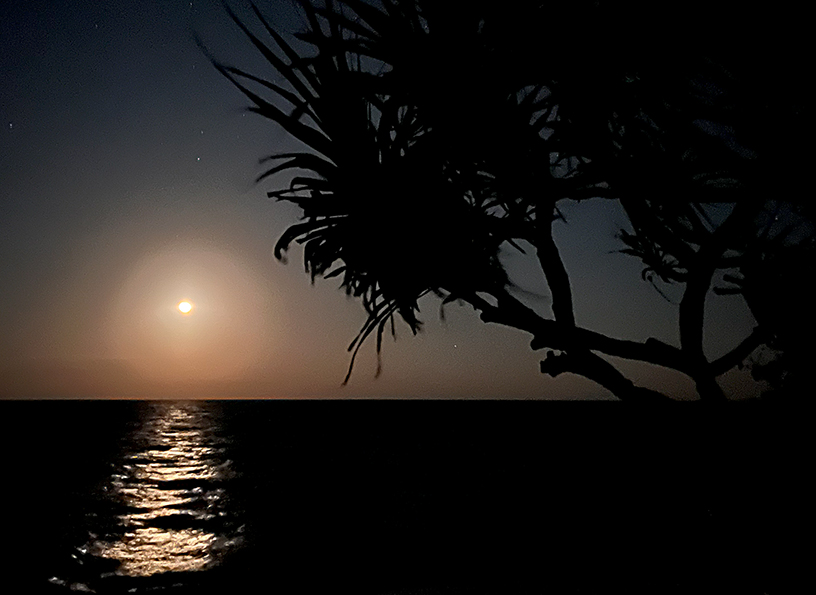

Having contributed insignificantly to historic global greenhouse gas emissions, island nations such as Fiji nevertheless find themselves today on the front lines of climate change. Meanwhile, a reliance on expensive imported fossil fuels offers an economic opportunity for rapid decarbonization through electrification that accompanies a transition to solar and other renewable energy technologies. Once complete, this investment has the potential to conserve more than half of the export earnings of the country.
Warm Greetings
Our first visit was an overwhelmingly joyous occasion. We were greeted on the beach with guitar strumming and song as we walked from the boat to shore (during low tide one must anchor nearly a half kilometer away and wade through the curious tidal pools to reach the shore). As we stepped foot into the village we offered the traditional “dua n’dua” of visitors and were gifted beautiful white hibiscus salusalu (flower necklaces) as we offered yaqona (dried kava root).
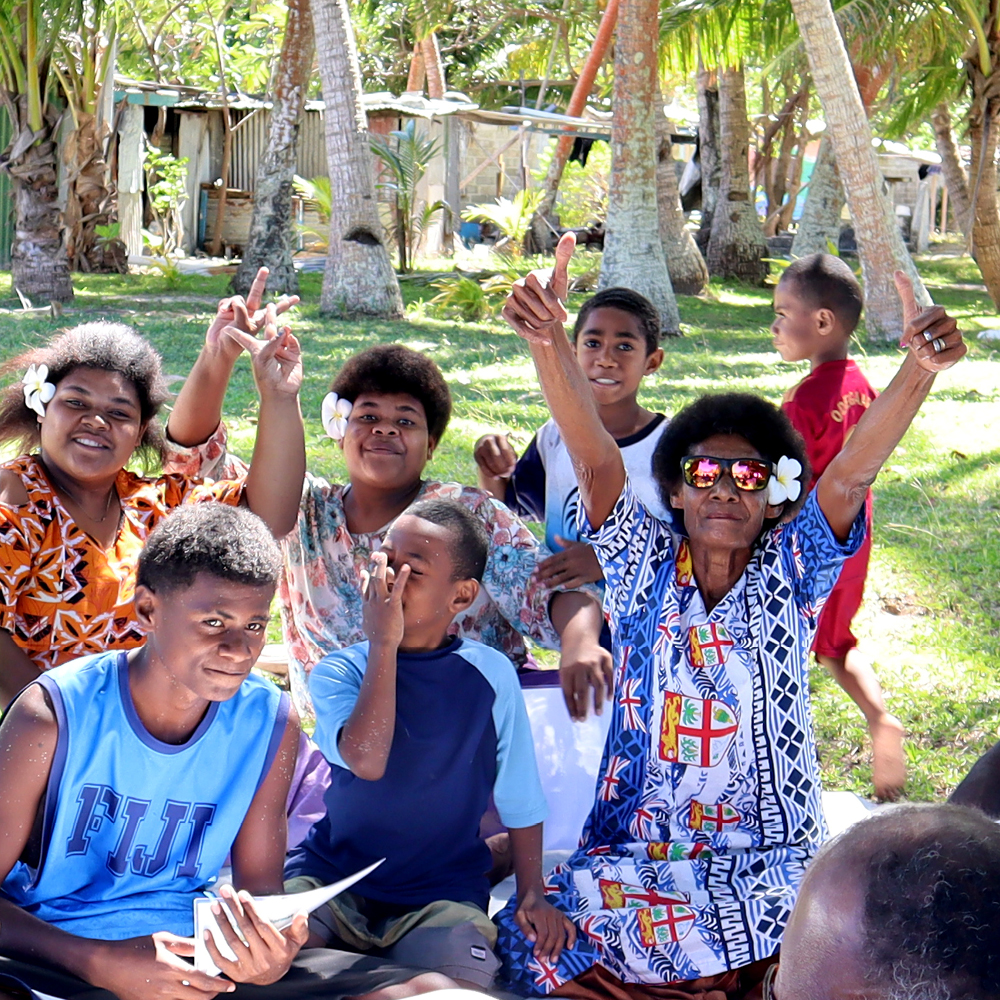
Prior to our arrival the entire village had met to discuss hosting LAGI 2025 Fiji based on the information we had provided in our email exchanges with Captain Paul. Everyone was curious to hear more about it. The welcoming sevusevu was a wonderful experience. The tanoa was used by the tu yaqona to mix kava and we took turns receiving the bilo, clapping our cupped hands, declaring “Bula!” (life!) and drinking kava together. As the bilo was passed and more song was had, we began to introduce ourselves and discuss the project idea.
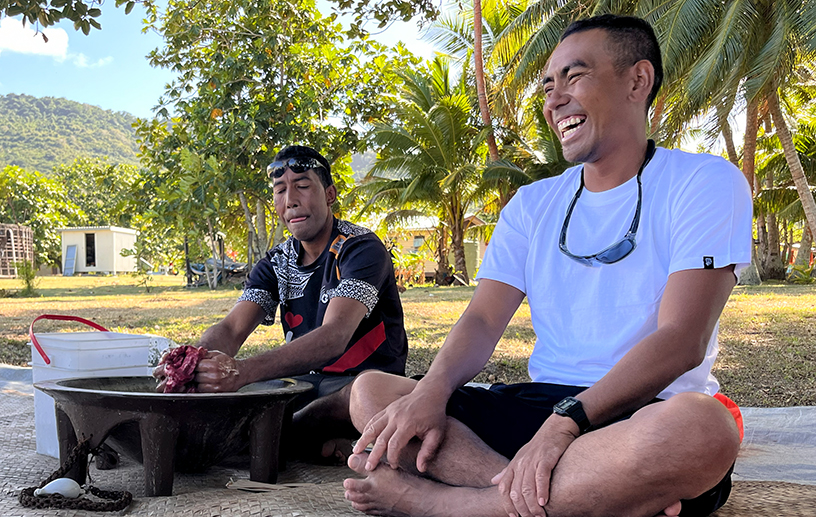
After presenting and answering questions with our host mataqali (the small clan) we then presented to the larger yavusa (the entire village tribe). Our visit happened to coincide with a workshop that was facilitated by Energy Action Partners and Arizona State University LEAPS on behalf of the Fiji Department of Energy to simulate and measure the electricity demand curve of the village’s 67 households. During the community event, the LAGI co-directors explained in detail what a partnership with LAGI 2025 Fiji might be like, the schedule, how we would work together to craft a creative brief, and how being the LAGI 2025 Fiji design site partner may help determine the design of the solar mini-grid that would be installed in close coordination with the Fiji Rural Electrification Fund (UNDP) and the Fiji Department of Energy.

We heard from the village that their community needs (being made worse by climate change) are water, electricity, and abatement of coastal erosion.

Maintenance and operations were also important topics of conversation and the community resoundingly committed to stewarding the installation once it has been approved by them and installed with them. We are looking forward to seeing how innovative design strategies that integrate other uses into the land area of the installation might help to create a ritual around the care and protection of their new solar mini-grid and destination artwork.
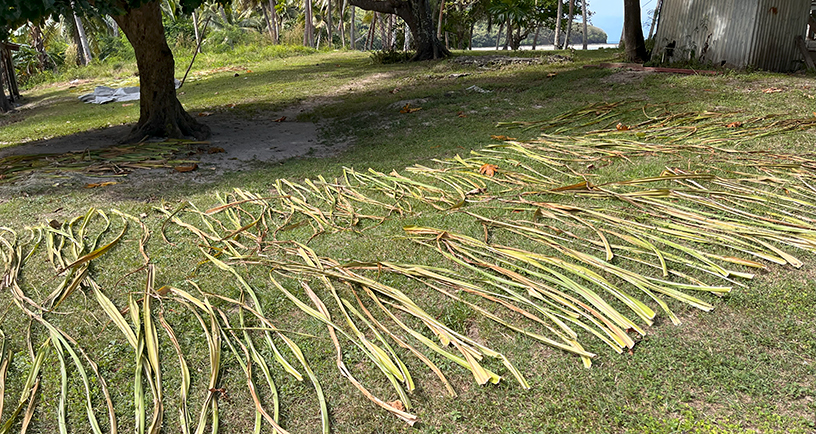
In the afternoon we were taken on a tour of the Yasawa Primary School and met with the principal, Yiyana. 159 students from four villages attend from all across the islands. We were greeted first by Elizabeth and Sam, the Head Girl and Head Boy of the school who kindly offered us fresh coconut water. The school is often working around electricity and water shortages. While we were visiting the electricity had shut down and the school had to empty its refrigerators, losing precious fish catch. Towards the end of the dry season they often must close or run half-days due to lack of water.
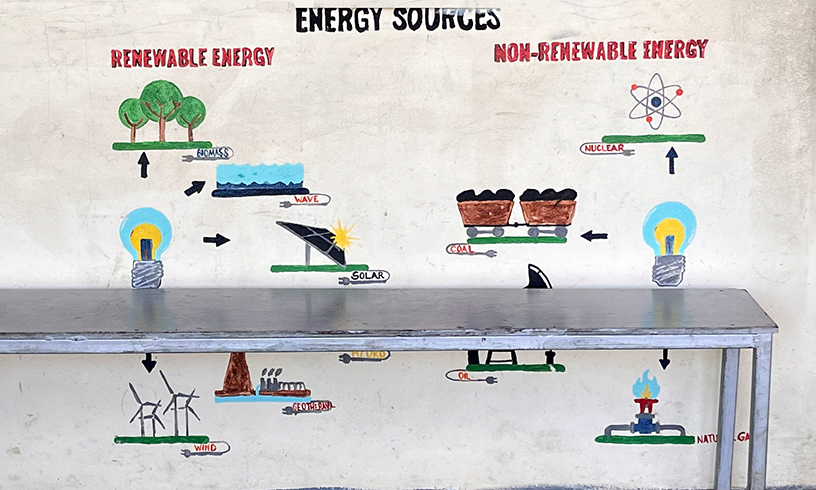
At the end of our conversation we were welcomed with a resounding invitation by all villagers to collaborate with them on LAGI 2025 Fiji with Marou Village as the design site.
Each day that we visited Marou we were treated to a feast of a lunch including many local dishes—grilled and lovo fish with caramelized onion, fish in coconut milk, cassava, yams, tarro, chicken, local greens, and coconuts to drink fresh off the tree.

The next day we returned to walk the land with the village elders and discuss the ideal design site location. We took photos and videos and then bid “moce, sota tale” (goodbye, see you again soon) as we were sent off into the clear blue waters with good wishes and more beautiful singing.
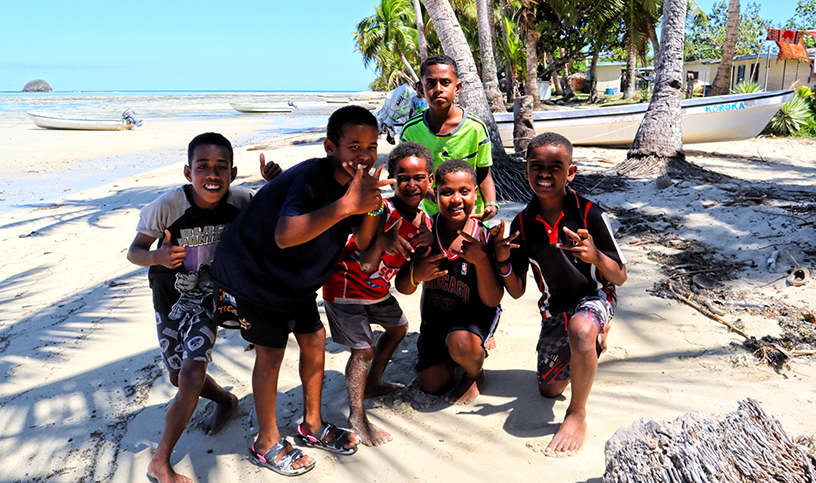
During our first visit we came to learn from several Fijians that “lagi” has a special meaning in the Pacific Islands (it is pronounced “la’ngi”). It means “sky” (or when combined as Vakalomalagi means “heaven”) and encapsulates feelings of hope and harmony.
Over July and August we put together the first draft of the LAGI 2025 Fiji design guidelines documents based on the information provided through our meetings in Marou and with other project stakeholders in Lautoka and Suva such as The University of Fiji, the Department of Energy, and the Fiji Rural Electrification Fund.
A Building Partnership
On our return trip in early September, we brought with us a draft site boundary map, copies of the design brief, detailed terms and conditions, and a draft of folded poster mailer that highlighted the graphic design and branding of the project.
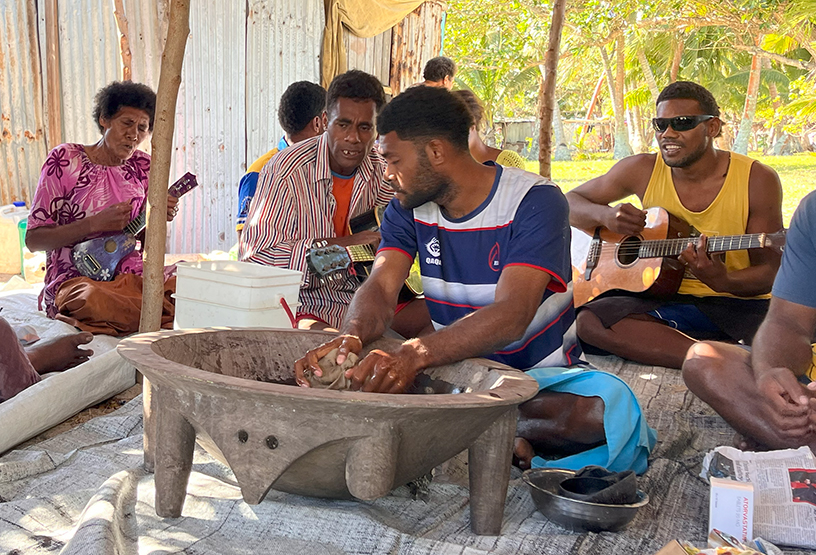
We were able to review with the village each point of the design brief and the guidance to participating teams. Many points were corrected or nuance added, and we modified the design boundary and the brief significantly as a team to the point where we all agreed it was ready for the January 2025 launch.
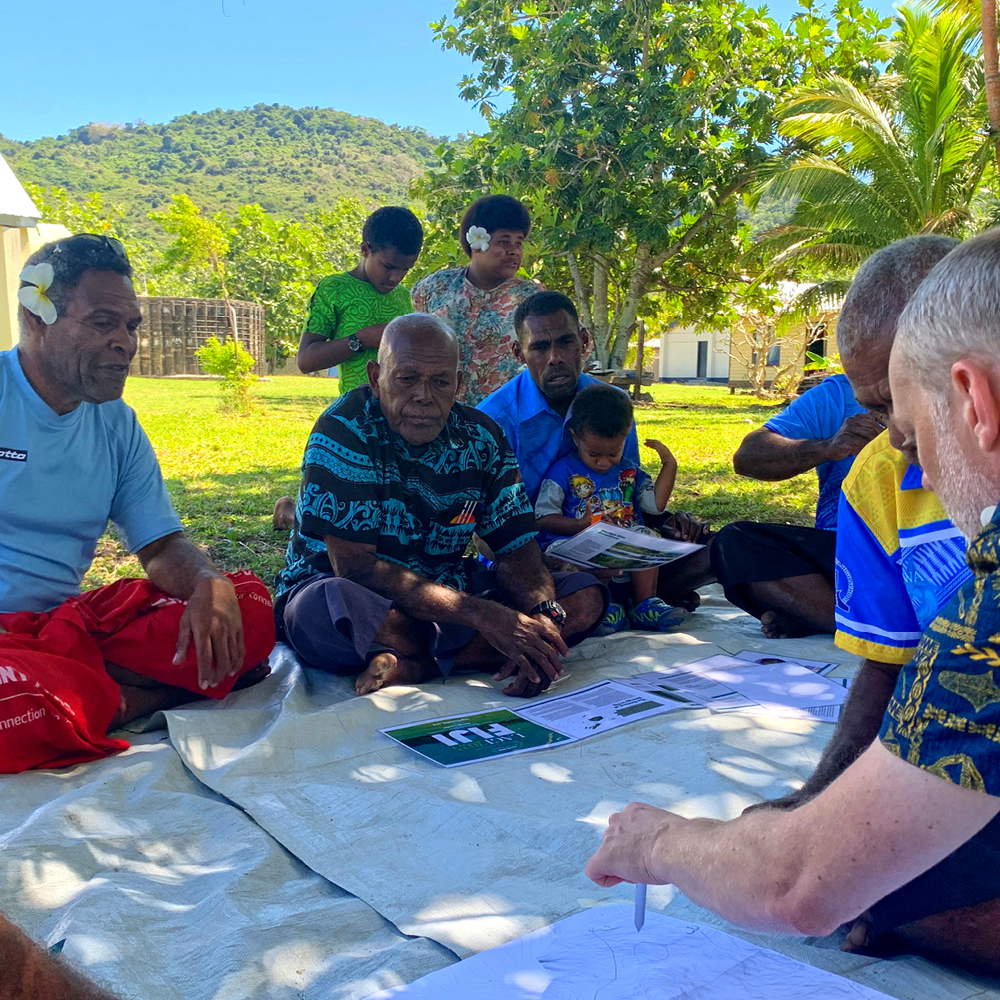

The next day we were also able to more fully document the site and the surrounding watershed, even hiking halfway to the top of the mountain, Vatu Rua (twin peaks) to see the remains of a dammed reservoir project that was washed away some years ago.
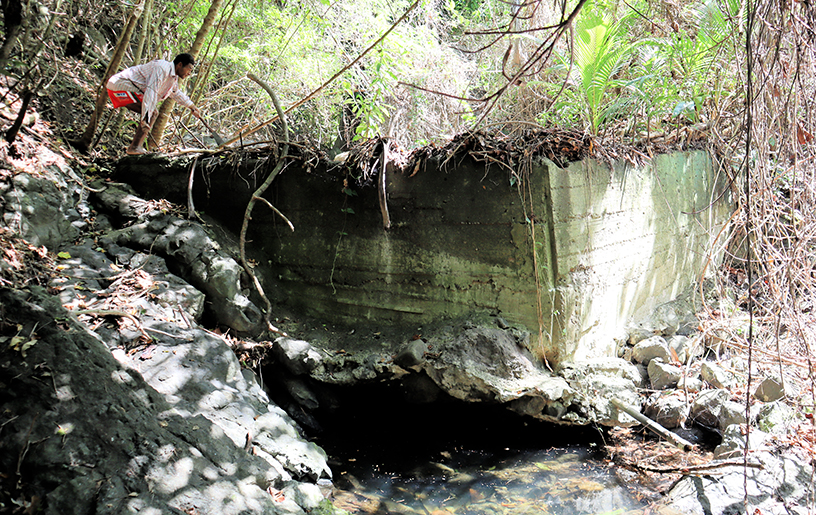
Our next visit to Marou will be in May of 2025 when we will present the many submissions from around the world with the community for review as part of the selection process.
We are fortunate to have such a strong partnership with the Village of Marou. As we prepare for the launch of LAGI 2025 Fiji, we welcome feedback on our co-design process and look forward to next year when we will be able to share the ideas of the world with Naqau and the residents of Marou Village.
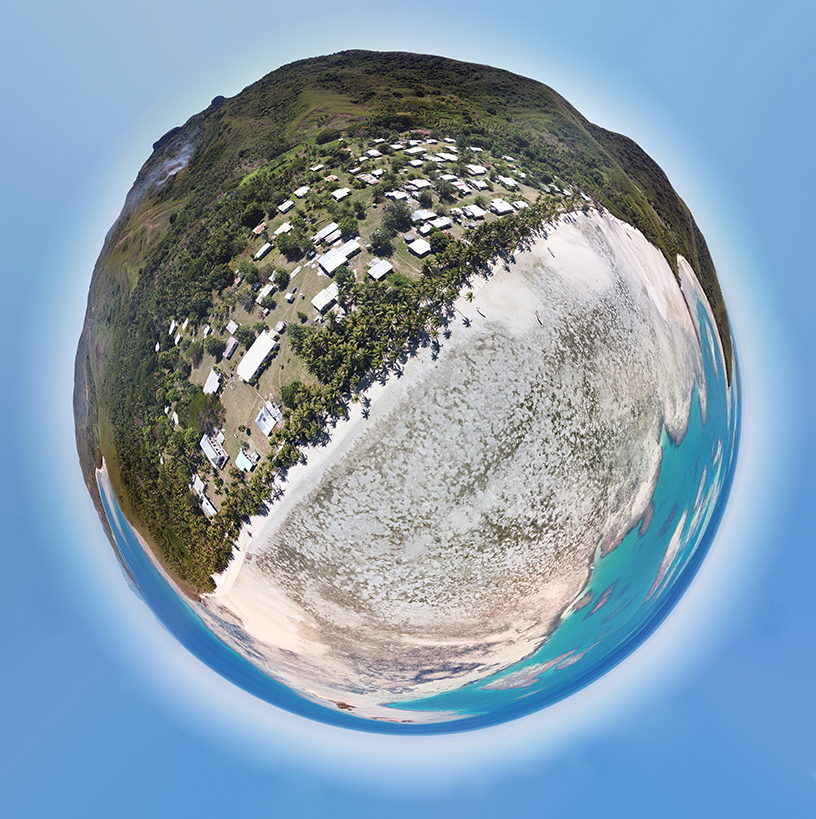
Thanks to the Villagers of Marou
Ilisari Naqau, Paula Nakarawa, Vesivesi Bose, Seru Lasa, Naibuka Kamayavu, Onisimo Yabakidrau, Solomoni Naqoli, Apasai Kaitoga, Samuela Nabolaniwaqa, Meciu Vuli, Viliame Tuwawa, Siliveno Tuitavua, Inia Lesu, Meli Tauvoli, Joseva Nasau, Vika Seru, Siteri Sawea, Melita Buna, Malelita Nainiata, Miriama Tuwawa Bainivalu, Rota Salio, Lanieta Mavama, Vika Tuirotuma, Timaima Cagilau Ralulu, Akanise Tipo, Lewatu Rejieli, Sera Tamudere, Aralai Vuranovo, Asilika Momoyalewa, Vasiti Talatoka, Ruci Drau, Remivani Toga, Watisoni Daku, Ilisari Vuda, and others.
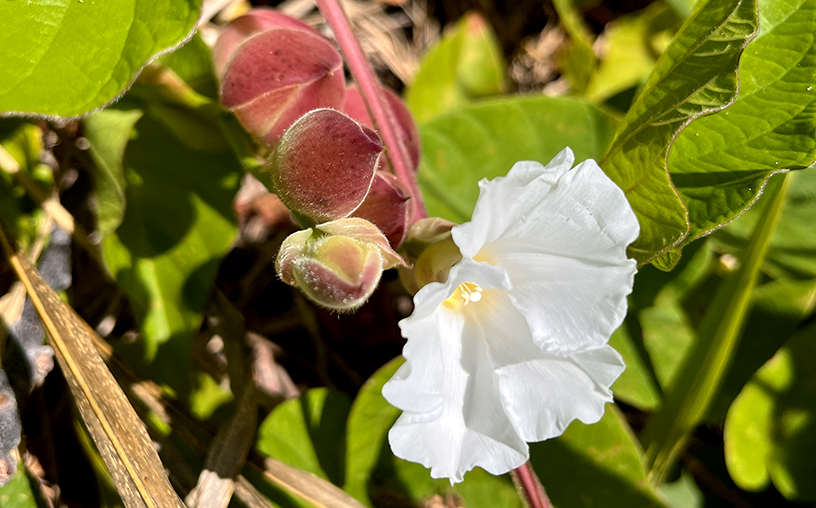
Thanks to the Crystal Island Fiji team
Captain Paul McCulloch, Ilisari Naqau, Tabua Batiniu, Sevina Namale, David Paka, Rani Ranjini
And a special thanks to Aisake Sadranu (Ilisari Naqau’s brother) who unfortunately passed away in 2019. A school teacher and Headmaster for 30 years all around Fiji, Aisake Sadranu was instrumental in making the vision of Crystal Island into the reality it is today in spite of many obstacles. We’re sad that we did not get to meet him. His legacy lives on through Crystal Island and we are told by those who knew him that the LAGI 2025 Fiji project would be very close to his heart.
